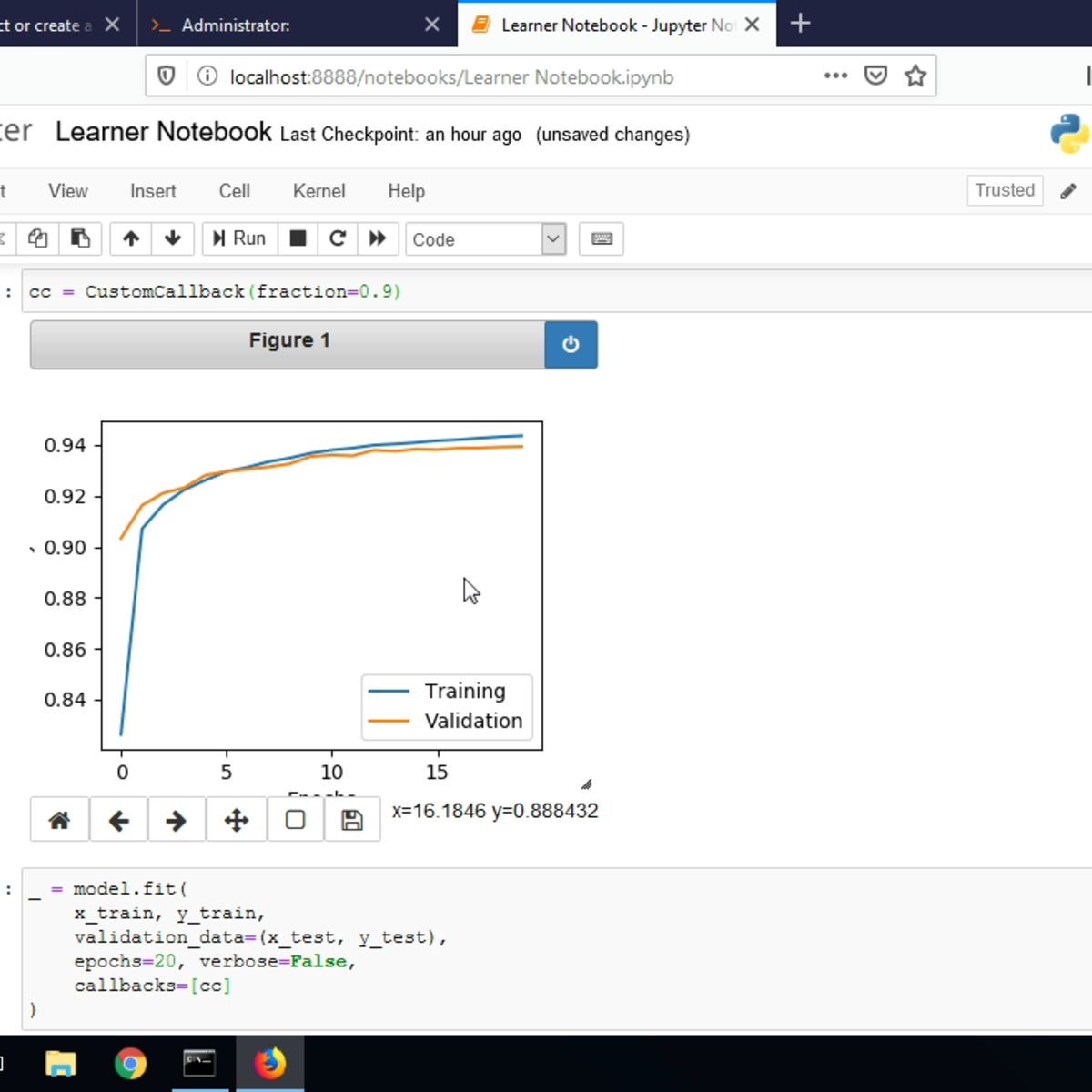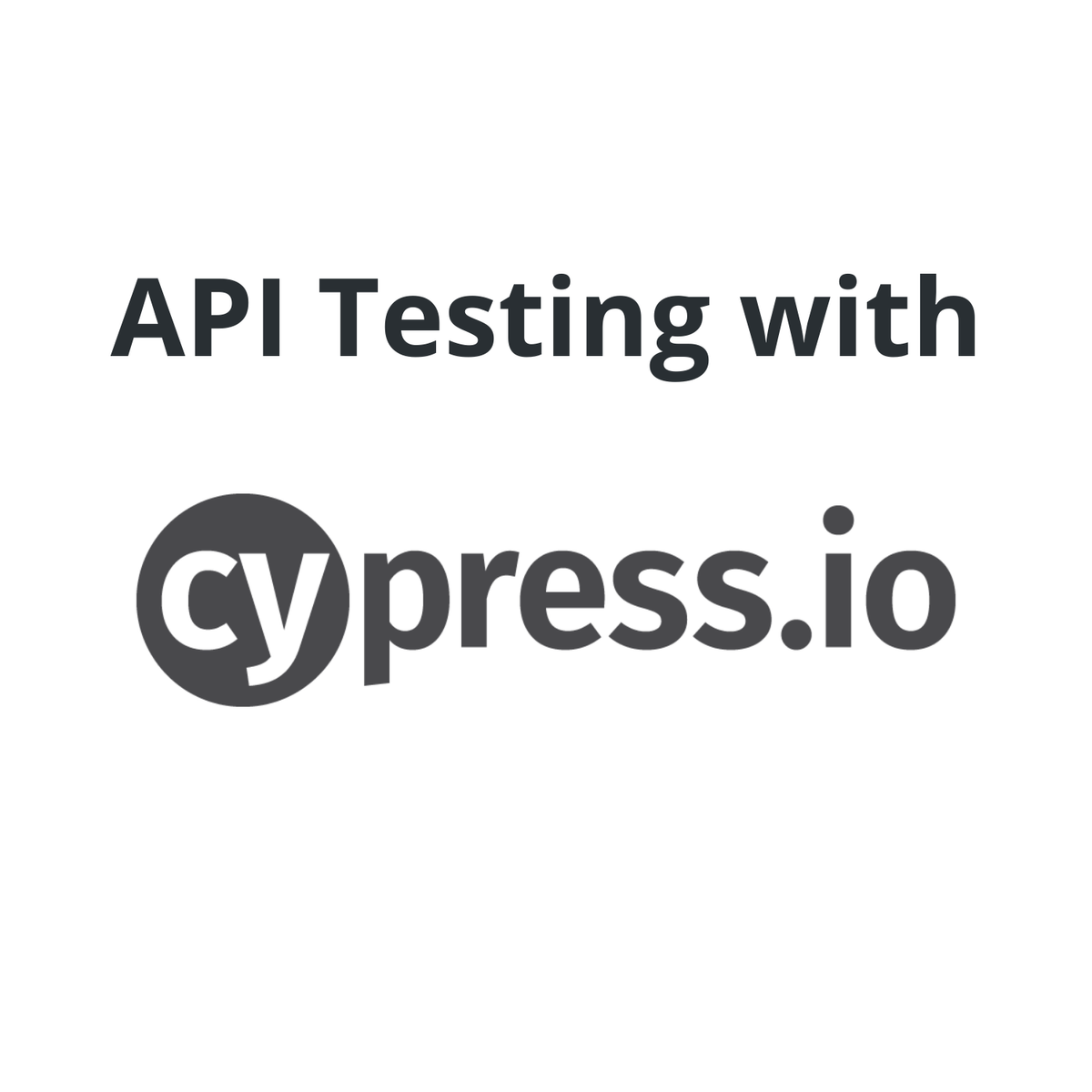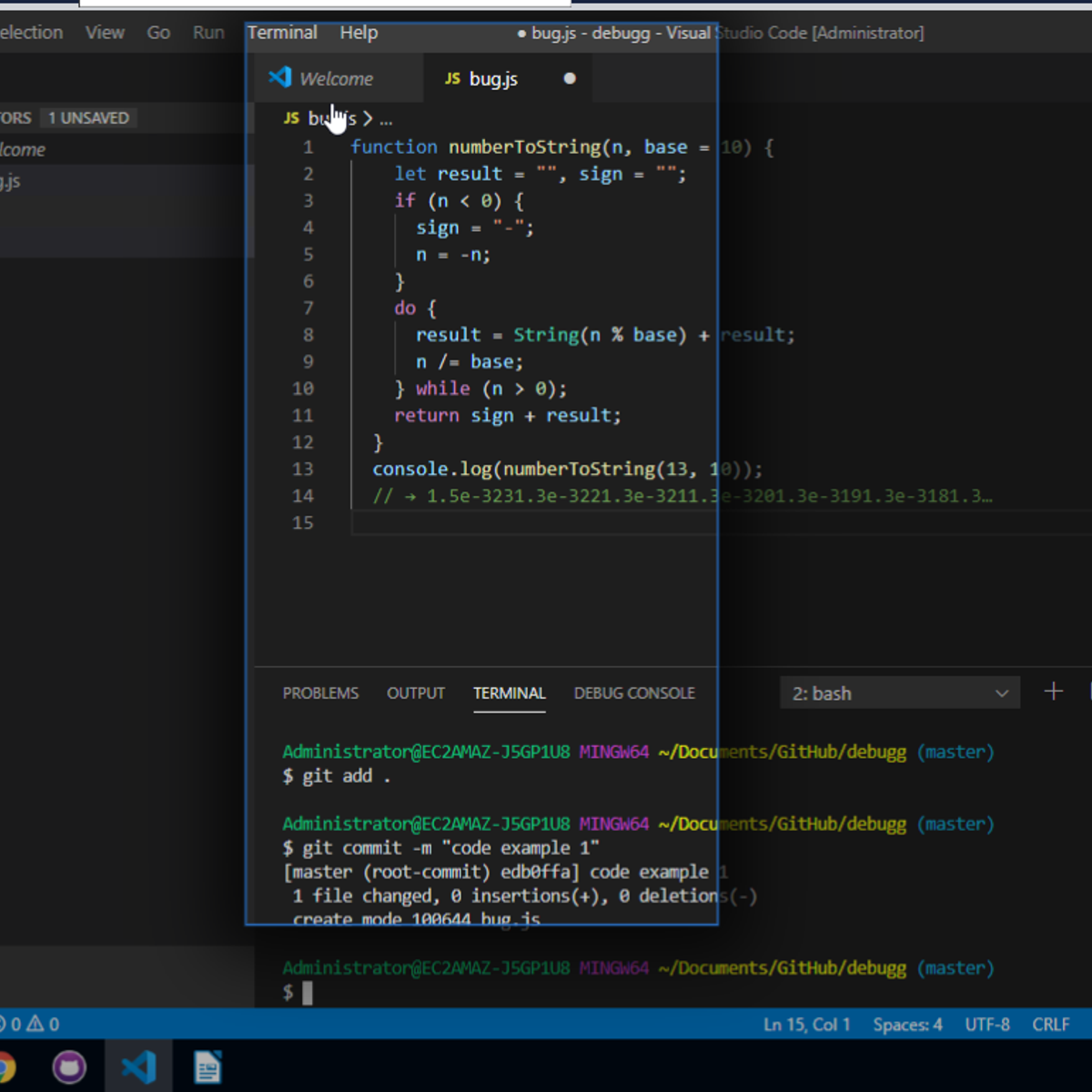Back to Courses









Software Development Courses - Page 95
Showing results 941-950 of 1266

Creating Custom Callbacks in Keras
In this 1.5-hour long project-based course, you will learn to create a custom callback function in Keras and use the callback during a model training process. We will implement the callback function to perform three tasks: Write a log file during the training process, plot the training metrics in a graph during the training process, and reduce the learning rate during the training with each epoch.
This course runs on Coursera's hands-on project platform called Rhyme. On Rhyme, you do projects in a hands-on manner in your browser. You will get instant access to pre-configured cloud desktops containing all of the software and data you need for the project. Everything is already set up directly in your Internet browser so you can just focus on learning. For this project, you’ll get instant access to a cloud desktop with (e.g. Python, Jupyter, and Tensorflow) pre-installed.
Prerequisites:
In order to be successful in this project, you should be familiar with Python, Neural Networks, and the Keras framework.
Note: This course works best for learners who are based in the North America region. We’re currently working on providing the same experience in other regions.

Cypress API test automation for absolute beginners
Cypress is a free, open-source frontend (UI) and backend (API) test automation tool built for the next generation of modern web applications.
Cypress is useful for developers as well as QA engineers to web applications developed in React.js, Angular.js, Node.js, Vue.js, and other front-end technologies.
In this 2.5 hours hands-on project, you will learn backend (API) testing using Cypress and the following objectives are achieved --
1. Understanding Cypress and API automation testing
2. Send a GET request using cypress
3. Send a POST request using cypress
4. Send a PUT request using cypress
5. Send a DELETE request using cypress
6. Generate HTML report

Debugging Projects Manually
In this 1-hour long project-based course, by the end of this project, you will have learned how to debug your code in Visual Studio code manually. This is useful for a circumstance when you don't have a debugger available. Today I will teach you what would be an effective approach to debug code.
Note: This course works best for learners who are based in the North America region. We’re currently working on providing the same experience in other regions.

UX and Interface Design for Embedded Systems
This course can also be taken for academic credit as ECEA 5346, part of CU Boulder’s Master of Science in Electrical Engineering degree.
UX and Interface Design for Embedded Systems is the first of three classes in the Embedded Interface Design (EID) specialization, an online version of the on-campus EID class taught in graduate embedded systems design. This first course is focused on user experience (UX) and the related methods, practices, and principles that will help ensure your embedded interface designs for devices and systems are what your users both need and want. The class includes an introduction to UX, and then a four phase breakdown of a typical UX design process, including planning, user research, design methods, and testing for verification and validation. Much of the content provides generally applicable UX techniques, but particular focus is included for considerations in developing embedded devices. The class includes practical projects that let you try some of the key methods in a thorough interface design process.

Prisma Cloud Host Defender Auto Deploy from a SaaS Portal
This is a self-paced lab that takes place in the Google Cloud console.
This lab is designed for Prisma Cloud customers, and you will deploy Prisma Cloud Host Defender from Google Cloud Marketplace. Having a Prisma Cloud SaaS portal is a prerequisite. If you are not a current Prisma Cloud customer, contact Palo Alto Networks prior to starting the lab to register for a free trial.

Introduction to Web Development with HTML, CSS, JavaScript
Want to take the first steps to become a Web Application Developer? This course will lead you through the languages and tools you will need to develop your own Web Apps.
Beginning with an explanation of how internet servers and clients work together to deliver applications to users, this course then takes you through the context for application development in the Cloud, introducing front-end, back-end, and full-stack development.
You’ll then focus on the languages you need for front-end development, working with HTML, CSS, and JavaScript.
Finally, you will discover tools that help you to store your projects and keep track of changes made to project files, such as Git and GitHub.
Reviews & Metrics for Software Improvements
This course covers techniques for monitoring your projects in order to align client needs, project plans, and software production. It focuses on metrics and reviews to track and improve project progress and software quality.

Using MySQL Database with PHP
In this 1.5 hour project, you will combine your knowledge of HTML, object-oriented PHP, SQL, and MySQL to make a dynamic website that uses MySQL database on the web server. You will learn two different methods, one applies to 12 other SQL databases and one specific to MySQL. Basic HTML, object-oriented PHP, relational database, and SQL required as prerequisites. Completing my courses "Build an Automobile Listing Website with PHP" and "Learn Object-Oriented Programming with PHP" first is highly recommended.

Consume an API with React using Apollo and GraphQL
By the end of this project, you will consume an API using GraphQL along with Apollo. GraphQL is a more flexible replacement for REST API. Apollo is used to simplify state management.

Naive Bayes 101: Resume Selection with Machine Learning
In this project, we will build a Naïve Bayes Classifier to predict whether a given resume text is flagged or not. Our training data consist of 125 resumes with 33 flagged resumes and 92 non flagged resumes. This project could be practically used to screen resumes in companies.
Popular Internships and Jobs by Categories
Browse
© 2024 BoostGrad | All rights reserved


